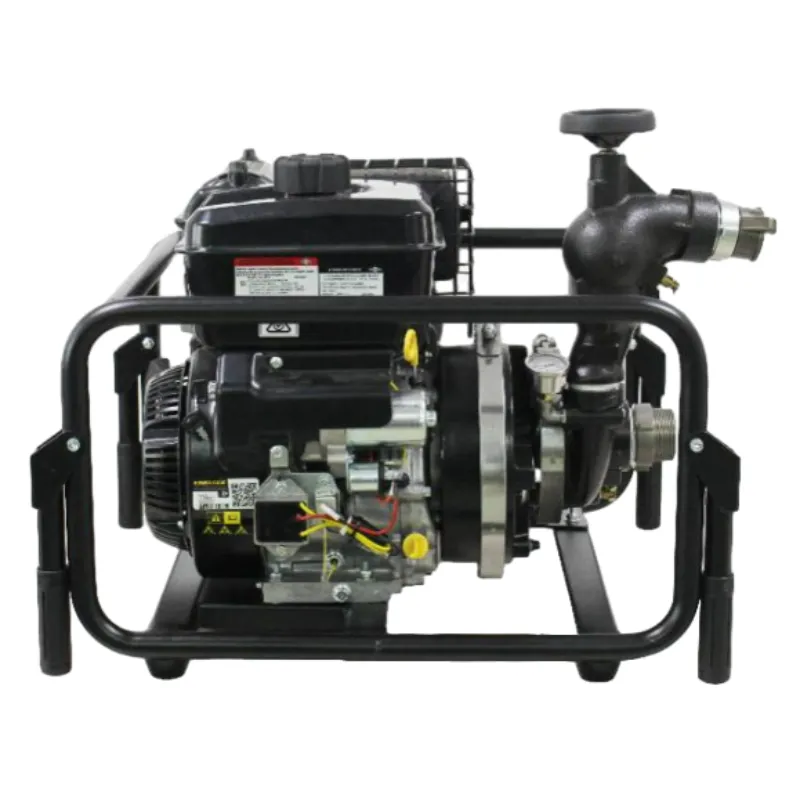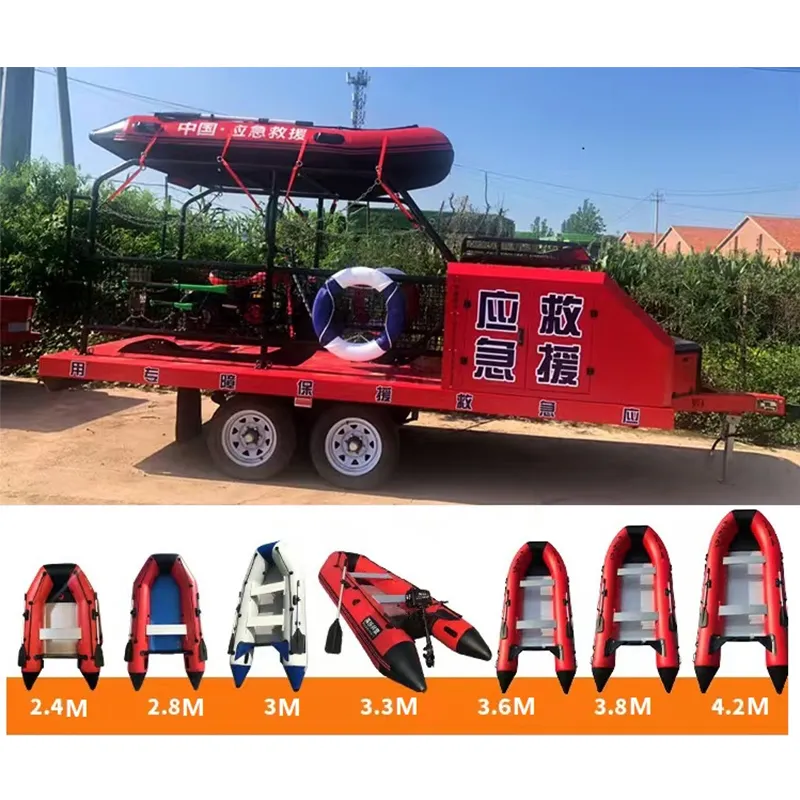

The real-world experience of utilizing fire fighting water pumps reveals several practical insights. For residential areas, compact and portable units with a medium-capacity engine may suffice, given their ease of operation and maintenance. In contrast, industrial or rural settings, where access to water sources may vary, typically require pumps with greater capacity and resilience. To optimize the performance and reliability of these pumps, routine maintenance cannot be overstated. Regular checks and servicing of engines and hoses ensure the system is always ready. Moreover, periodic testing through drills can ascertain the pump's readiness, providing the critical assurance needed during an actual emergency. In addition to operational proficiency, the implementation of advanced technology in fire fighting water pumps warrants attention. Smart pumps equipped with sensors and automation capabilities represent the pinnacle of modern firefighting equipment, streamlining operations and reducing human error. These pumps can be integrated with centralized monitoring systems, allowing remote operation and real-time analytics to predict maintenance needs and optimize performance. As a testament to their importance, fire fighting water pumps are mandated in several regions by fire safety regulations, underscoring their essential role in safeguarding communities against fire hazards. Professionals in the field continuously innovate to enhance these pumps' efficiency and adaptability, ensuring they meet the evolving challenges of modern fire safety. In conclusion, fire fighting water pumps play a pivotal role in the matrix of fire safety. Their design and operational excellence offer unparalleled benefits, making them a cornerstone in both residential and industrial fire fighting strategies. By understanding the operational dynamics, specifications, and maintenance essentials, users can ensure their pumps deliver optimal performance when it matters most.





























